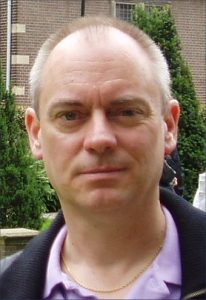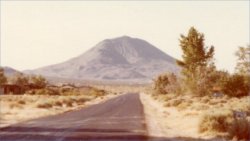Yesterday we visited Salesforce Park, in the city.
An item I posted about on March 8th identified Finland as “one of the world’s leaders in disinformation education.”
Here’s another item that also identifies Finland in the lead.
OnlySky, Phil Zuckerman, 20 March 2022: The happiest nations on Earth are strongly secular
What happens when millions of people in a given society stop going to church and lose their faith in God? Does that society descend into despondency and despair?
Not according to the latest World Happiness Report, released this past week.
Based on an analysis of a host of sociological, economic, and psychological factors, the nation that is currently the happiest on earth – for the fifth year in a row – is Finland. Following Finland, in the top ten, are Denmark, Iceland, Switzerland, the Netherlands, Luxembourg, Sweden, Norway, Israel, and New Zealand.
And it just so happens that all of them are among the most secular/least religious nations on Earth. Aside from outlier Israel – which is growing more religious as it grows more brutal and undemocratic – all of these top-10 happiest of nations have experienced dramatic degrees of secularization over the last century.
Of course, correlation isn’t causation, and different people mean different things when they say “happy.”
To assert that they are happy because they are secular is not statistically warranted; it would be a bald case of apparent correlation but not proven causation. That said, for those who persistently claim that religion is a necessary component of a healthy, happy society – insisting that if religious faith and involvement fade, the results will be deleterious – well, that position is demonstrably untenable; the data presented in this latest World Happiness Report, with highly secular nations consistently holding the top positions, render the argument that society needs religion in order for its citizens to thrive, as simply not true.
The US, by the way, comes in 16th of 146 nations assessed.
\\
From the same site, another take on DST.
OnlySky, Andrew Fiala, 18 March 2022: Changing clocks and playing with time
This makes an interesting comparison with the things people are happy to change, versus the things (some) people don’t think can be, or should be changed. To do the latter is to invoke in “socially constructed realities.” So then what is DST?
Twice a year, as we reset our clocks, we are reminded that our shared experience of time is socially constructed. Clocks are tools, created by us. They give us an image of time. But that image is a human creation.
A similar issue afflicts our orientation in space. In prior centuries, it was thought that heaven was up and hell was down. Our conception of space is also colored by the way draw maps. North is up; south is down. But in reality, we are on a globe hurtling through space. There is no heaven above or hell below. Up and down are a matter of perspective.
If clocks and maps are social constructions, then what else is a matter of perspective? These days, our notions of sex and gender, marriage and the family are being reconstructed. Could it also be true that the economy, politics, and religion are social constructions?
Well, political borders are lines drawn on maps, often at the expense of those living in the borderlands. These borders are not God-given facts of nature. Religion itself is a social product. The world’s religious traditions evolved through centuries of interpretation and social conflict. This is also true of the economy. Feudalism gave way to capitalism and then to the modern globalized economy.
As Harari says, things like religion and money and politics are “shared fictions”; money means something only because we all agree it does, while pieces of paper have no inherent value.
The writer goes on in this manner. We could change the number of days in the week, and so. My point about DST is that it would, in effect, redefine “noon” and “midnight” to be something different than 12pm and 12am. Forever! Of course meanings of words change, but that’s usually because language continually changes, in order to take into account new ideas and new complexities that are discovered about the world.
On the other hand… time zones are wide areas in which the actual “local” times — e.g., the exact time of the day the sun actually is overhead at this town and that town — are sorta averaged out and defined to be the same over the width of the time zone. So in *most* places noon isn’t when the sun is exactly overhead. But it’s pretty close to being exactly overhead, certainly closer than it would be should DST go permanently into effect. (And time zones were created, the story goes, by train companies to make trains schedules possible across wide areas.)
\\
Endpiece
Yesterday our weekly excursion to someplace new took us to Salesforce Park, an urban park some one block wide and four blocks long, sitting on the top, at the level of a fifth floor, of the Salesforce Transit Center, a transportation hub in downtown San Francisco that brings together bus lines, Muni lines, an Amtrak line — virtually everything in the city except a BART line.
It’s an impressive structure and park, though it took barely 20 minutes to walk around the latter. It being Sunday, the lone food facility in the park was closed, as were most nearby eateries, and most of the nearby parking garages.
The most striking thing about the park is the variety of flora around the outer edge, plants from all over the globe, with instructive placards. In the middle are areas for performances and a children’s playground. There are benches around the perimeter for looking into the park, or out into the city. It was moderately busy, considering how empty the surrounding streets were, on a Sunday.
Afterwards we found a place to eat called The Melt, on 1st and Market, then walked the few blocks to the Ferry Building on the bayfront, before returning the our parking garage on Clay St. So we managed about 6700 steps.
Here’s a New Yorker article from 2019 about the park, with descriptions of the plants and the neighborhood.






